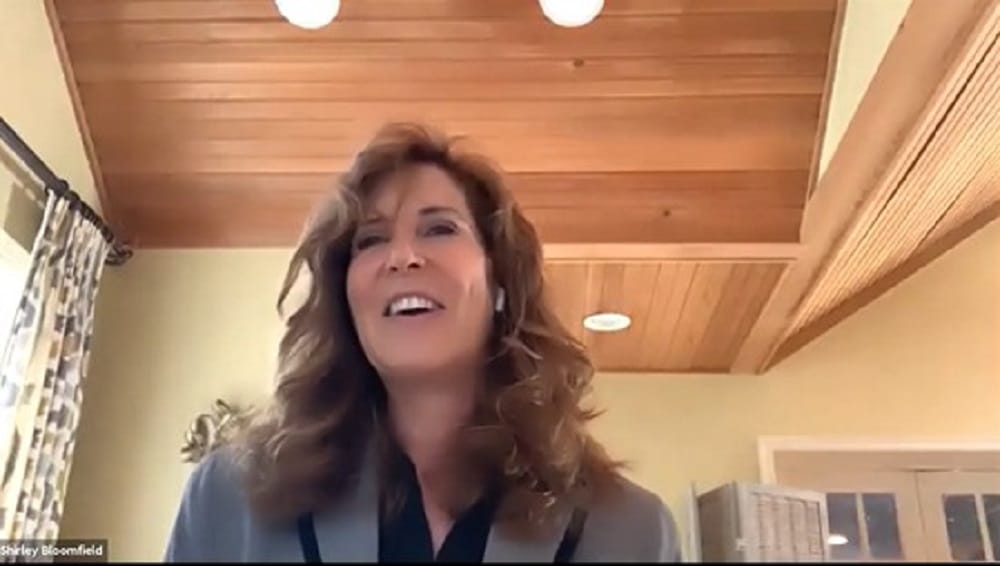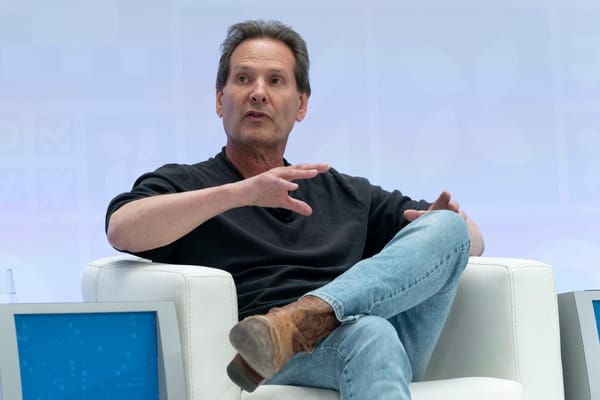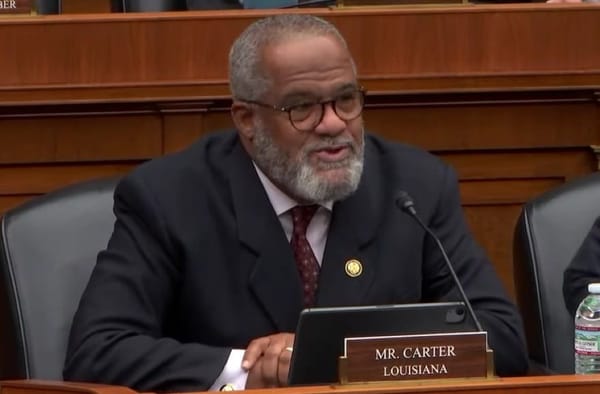Digital Divide is a Real Problem for Rural America, and Many Solutions Are Needed to Solve It
October 12, 2020 – The digital divide is a real problem for rural America, Shirley Bloomfield, CEO of NTCA, the Rural Broadband Association, said on Thursday at the Blandin Foundation’s conference on broadband. “People in Washington like to talk about the digital divide, those who have connectivity











Member discussion